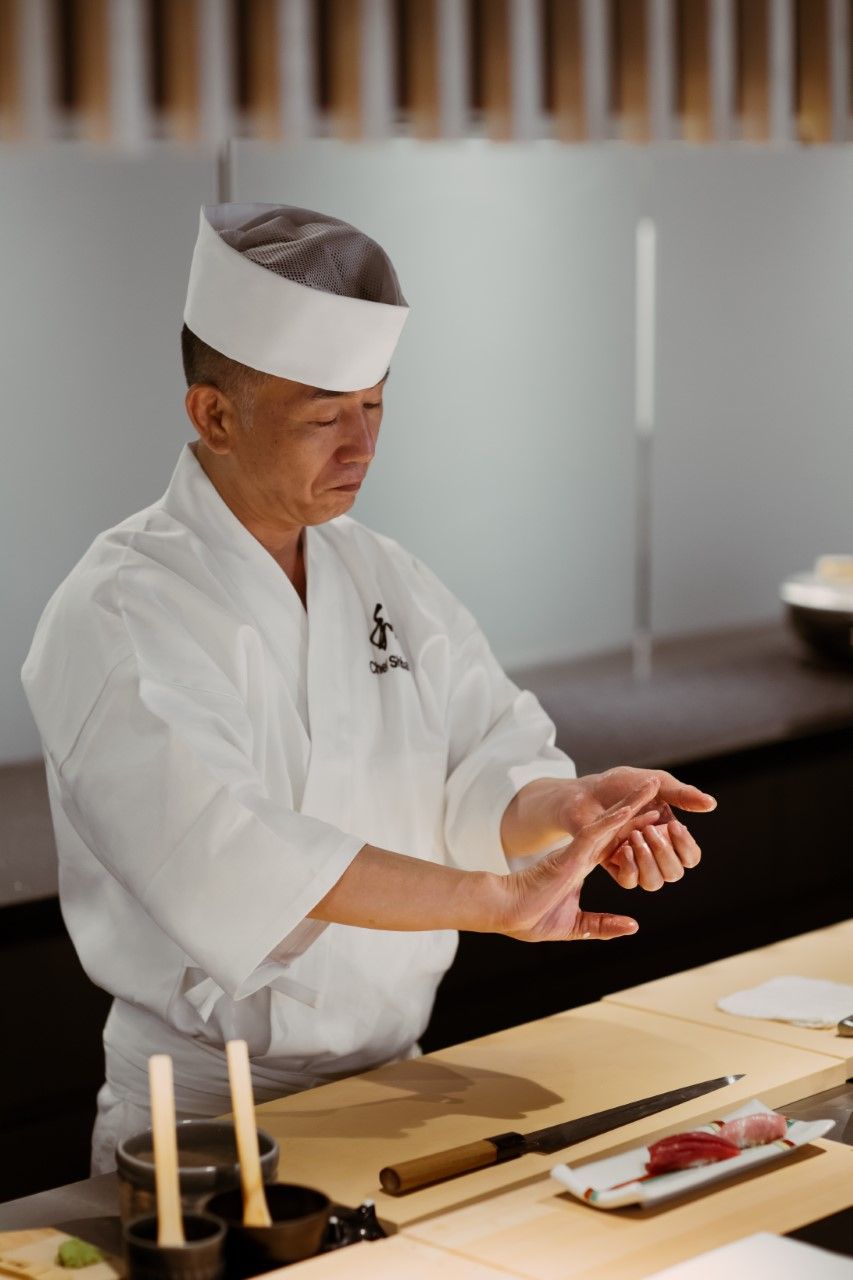To celebrate International Sushi Day on June 18, we chat with executive masterchef Norikazu Shibata of Kuala Lumpur restaurant Sushi Kazu on all things sushi
There is beauty in simplicity and sushi is the epitome of that. Comprising of only two or three ingredients, it comes in different shapes, sizes, preparation styles (Edo-mae, hako zushi) and types (nigiri, maki, futomaki, temaki, chirashi).
Tatler Dining reaches out to executive masterchef Norikazu Shibata of Sushi Kazu for a deeper dive into the beloved Japanese morsels.
See also: Tatler Dining Guide 2022: The Best Japanese Restaurants in Malaysia
1. Skip the soy sauce

“Not all fish needs to be dipped in soy sauce," states Shibata. “A master sushi chef would have already prepared it in such a way that it should be eaten on its own.” This is especially true for nigiri, the style in which the slice of fish sits on a perfectly shaped ball of rice embellished with a tinge of wasabi.
If you do want to dip it in soy sauce, dip the fish, not the rice. This way, the rice won’t be soaked in sauce, affecting its texture and taste.
See also: 6 Omakase Experiences You Must Not Miss in Kuala Lumpur

